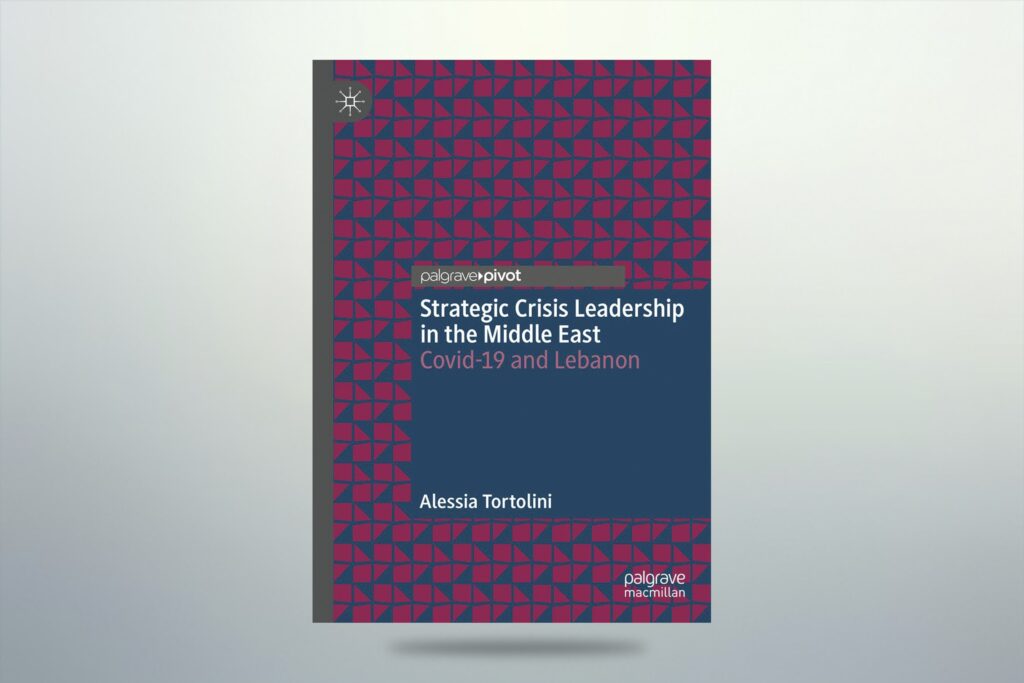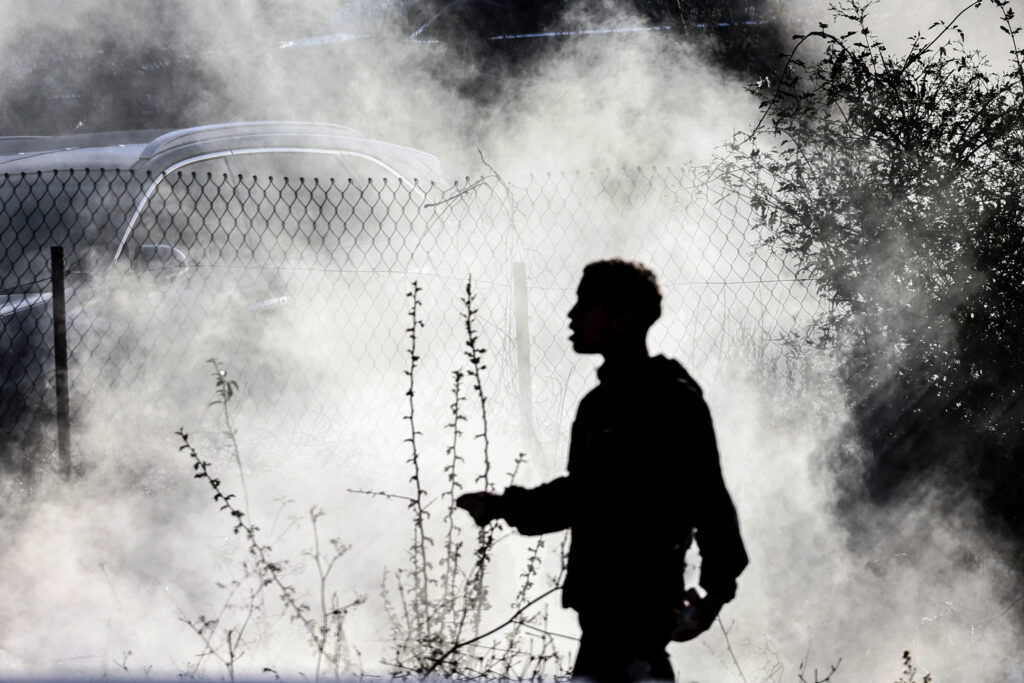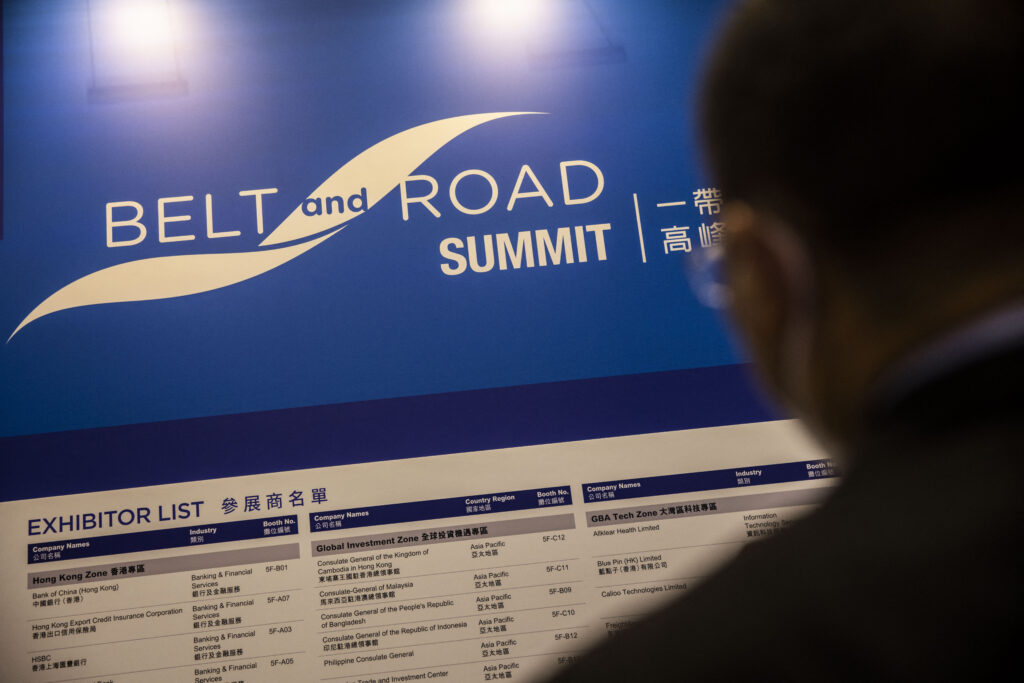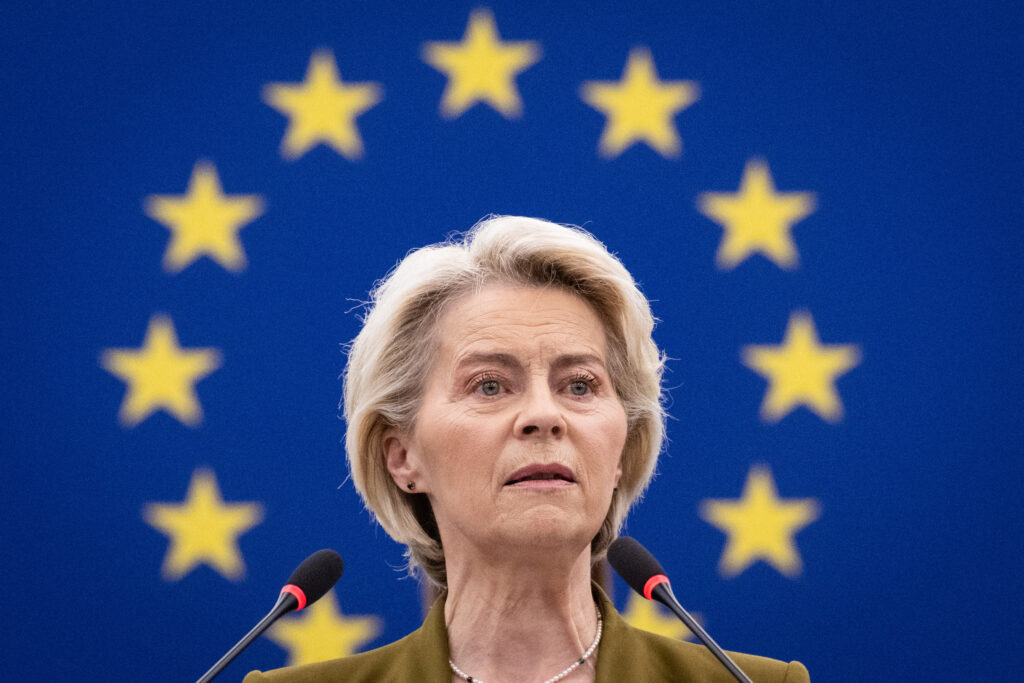In evaluating post-pandemic successes, the focus often shifts to extremes: Sweden’s no-lockdown approach versus China’s prolonged lockdowns, for instance. The global narrative tends to focus on these to represent either the triumphs or shortcomings of these approaches to managing the pandemic. However, Alessia Tortolini’s Strategic Crisis Leadership in the Middle East: Covid-19 and Lebanon nudges us to confront a more obscure reality in a failed state like Lebanon, where crisis management during the pandemic was heavily influenced by the competition for legitimacy between an embattled government and Hezbollah, Iran’s proxy.
Tortolini’s analysis aims to illuminate the stark contrast in state capacity between the de jure governance of the Lebanese government and the de facto power wielded by Hezbollah during the Covid-19 pandemic. The author navigates the labyrinthine complexities of Lebanon’s crisis governance, highlighting Hezbollah’s influence, which extends beyond its military capabilities. This influence encompasses a robust network of social services that often eclipses formal state authority, reflecting Hezbollah’s deep entrenchment in Lebanese society. By examining these dynamics, Tortolini seeks to unpack the complexities surrounding Hezbollah’s extensive social services, which alternated between competition and collaboration with the Lebanese government, led by then-Prime Minister Hassan Diab.
From the outset, Tortolini endeavours to establish academic rigour by employing two frameworks to evaluate the responses of both the government and Hezbollah to the pandemic. The first is the evaluative framework established by Boin, ‘t Hart, Stern, and Sundelius in The Politics of Crisis Management, which assesses Lebanon’s crisis management through five key elements: Sense-making, decision-making, meaning-making, accountability, and learning.
In addition to the strategic crisis leadership framework, the author employs the Institutional Analysis and Development (IAD) framework for a theoretical analysis of the “action arena”, where both state and non-state actors operate. Within this framework, understanding an actor’s behaviour requires an investigation into the contextual factors that shape their interactions — specifically, the rules in place, the attributes of the community, and prevailing global conditions. Tortolini posits that the IAD framework “can be a functional aid to the broadening of crisis management studies”.
Ironically, while she applies such comprehensive frameworks to analyse Lebanon’s crisis management, her focus remains narrowly on sectarianism, overlooking external influences that drive Lebanon’s governance, especially Hezbollah’s ties with Iran. She describes Lebanon’s crisis management as aimed at “maintaining legitimacy in the eyes of the community”, yet fails to address how Hezbollah’s actions, bolstered by Iranian support, shape these decisions. This omission risks simplifying Hezbollah’s role as a domestic actor, ignoring the broader regional dynamics that significantly influence Lebanon’s political landscape. The failure to recognise connection limits the understanding of Lebanon’s political challenges, particularly in relation to the governance and leadership models needed to break the cycle of crises.
Though Tortolini’s research design aimed to draw a comparative analysis between the efficiency of Hezbollah-managed healthcare facilities and those of the Lebanese government, the author candidly acknowledges a significant limitation: The challenges in acquiring reliable data on the pandemic’s impact on Hezbollah-controlled healthcare facilities. Instead, she chose to analyse official speeches and declarations from both the Lebanese Ministry of Public Health (MoPH) and Hezbollah to address this gap. This raises critical questions about its effectiveness in portraying the real complexities of pandemic healthcare delivery. While the speeches illuminate the intended narratives, they ultimately fall short of capturing the operational realities and challenges encountered by healthcare facilities on the ground, leaving a significant gap in the analysis of how these dynamics play out in practice.
To the lay reader, Tortolini’s retelling of Hassan Nasrallah’s framing of Covid-19 as a “global war” stands out as one of the more readable sections in the book. Nasrallah portrayed the virus as an existential threat to the community, invoking a call to jihad. By referring to health and social workers as mujaheddin, he equated the menace of Covid-19 with that posed by Israel, thus adapting the longstanding concept of resistance — a cornerstone of Hezbollah’s identity discourse — to the pandemic. However, in juxtaposing the responses of Nasrallah and Diab, the author’s narrative suffers from overlapping content across chapters, and a loosely- structured presentation. These deficiencies obscure the reader’s understanding of the efficacy of the responses from Nasrallah and Diab, as well as the core issues that could have bolstered legitimacy for either camp.
Furthermore, the author could have effectively leveraged Hezbollah’s multifaceted Covid-19 response—including programme formulation, resource allocation, and the involvement of its military wing — to illustrate how these efforts ultimately fell short in managing the pandemic. Such an approach would have provided a more grounded understanding of the practical challenges Hezbollah faced in its crisis management, offering a clearer picture of the disconnect between its framing of the pandemic, and the underlying realities.
Another flaw is the late — and rushed — introduction of concepts such as the historical impact of colonialism, which the author contends led countries in the Global South to encounter unique challenges in crisis management. Instead of bolstering her case, she treats these as an afterthought, leaving the book at loose ends. Worse, these additions prevent the book from convincingly bolstering the author’s main thesis: How “the intertwining of sectarianism, clientelism, and political opportunism within a democratic institutional framework creates response mechanisms primarily focused on power preservation”.
This leaves the reader to draw his own conclusions about how Lebanon’s response might inform similar crises in the Global South, where state fragmentation is a persistent overture.





